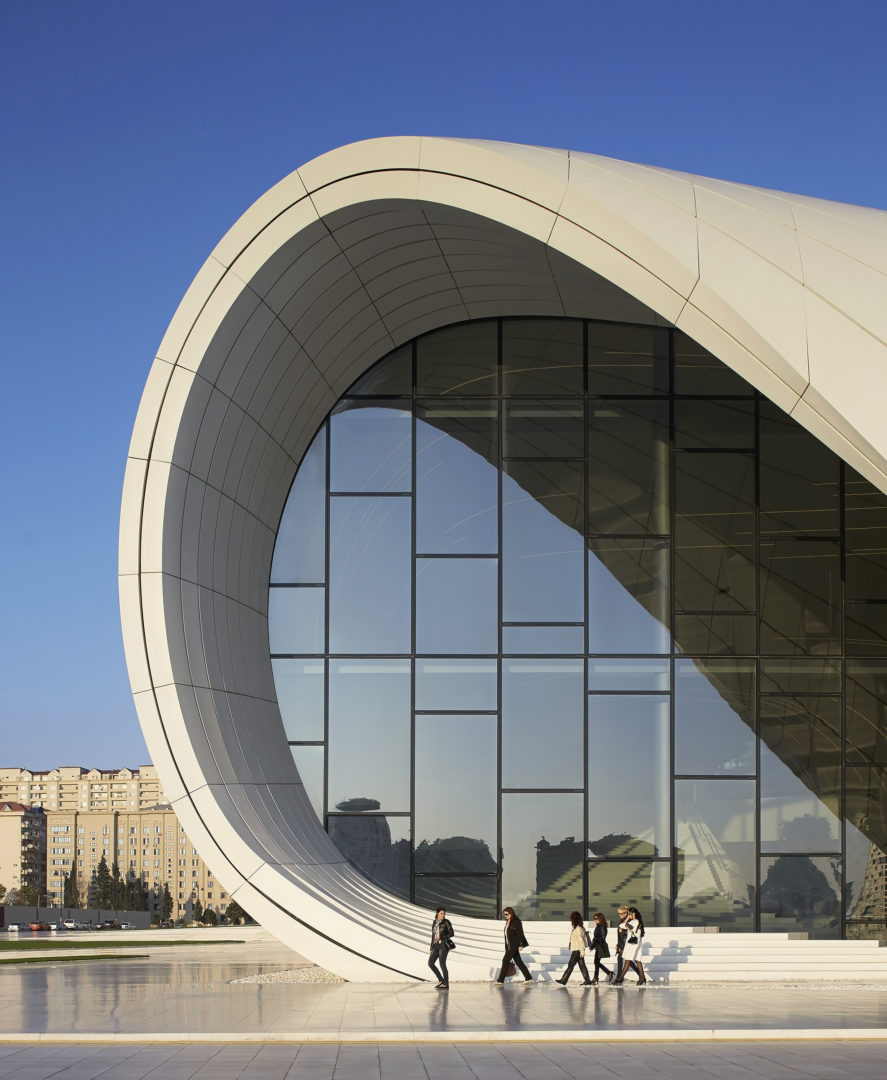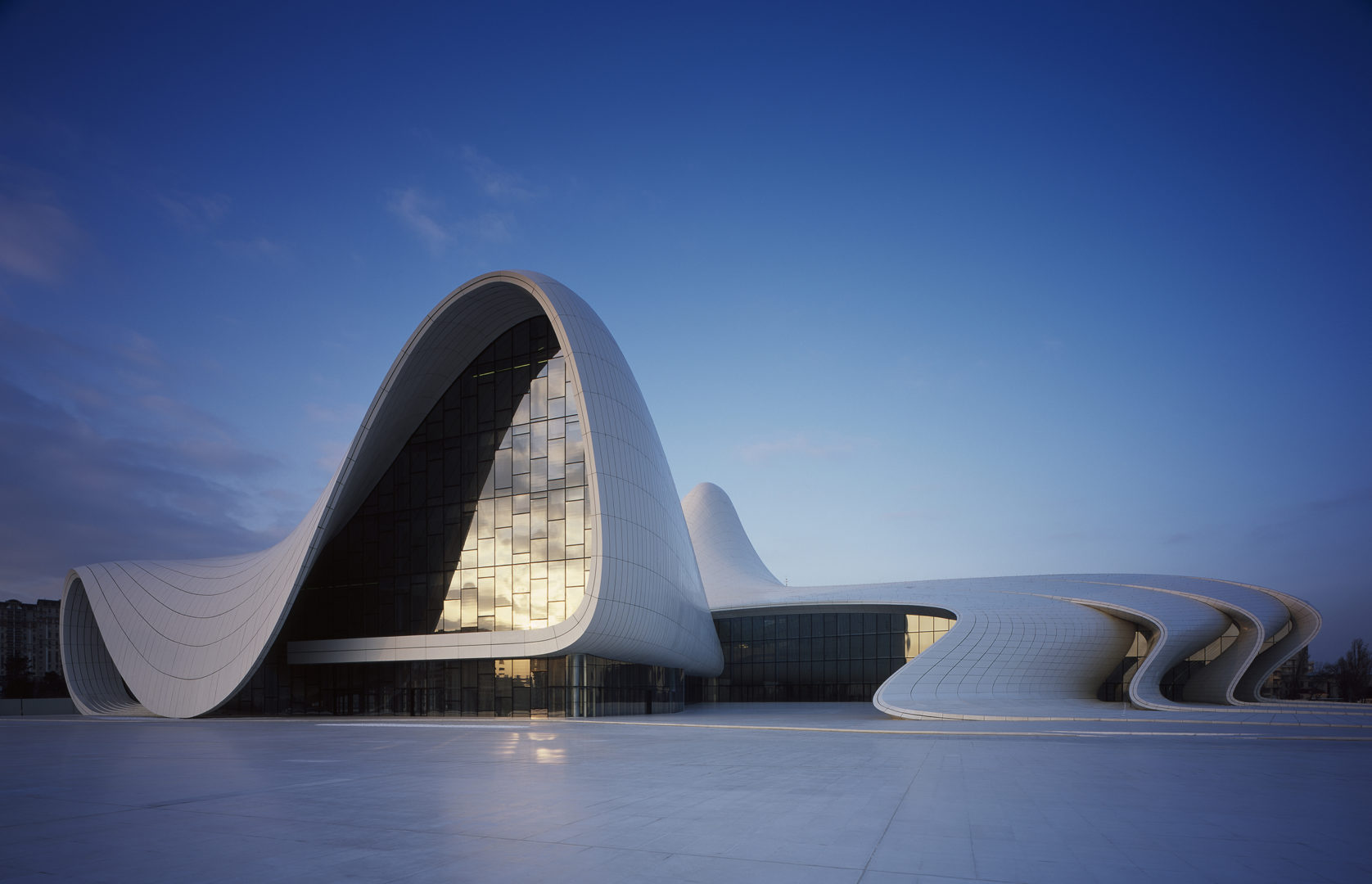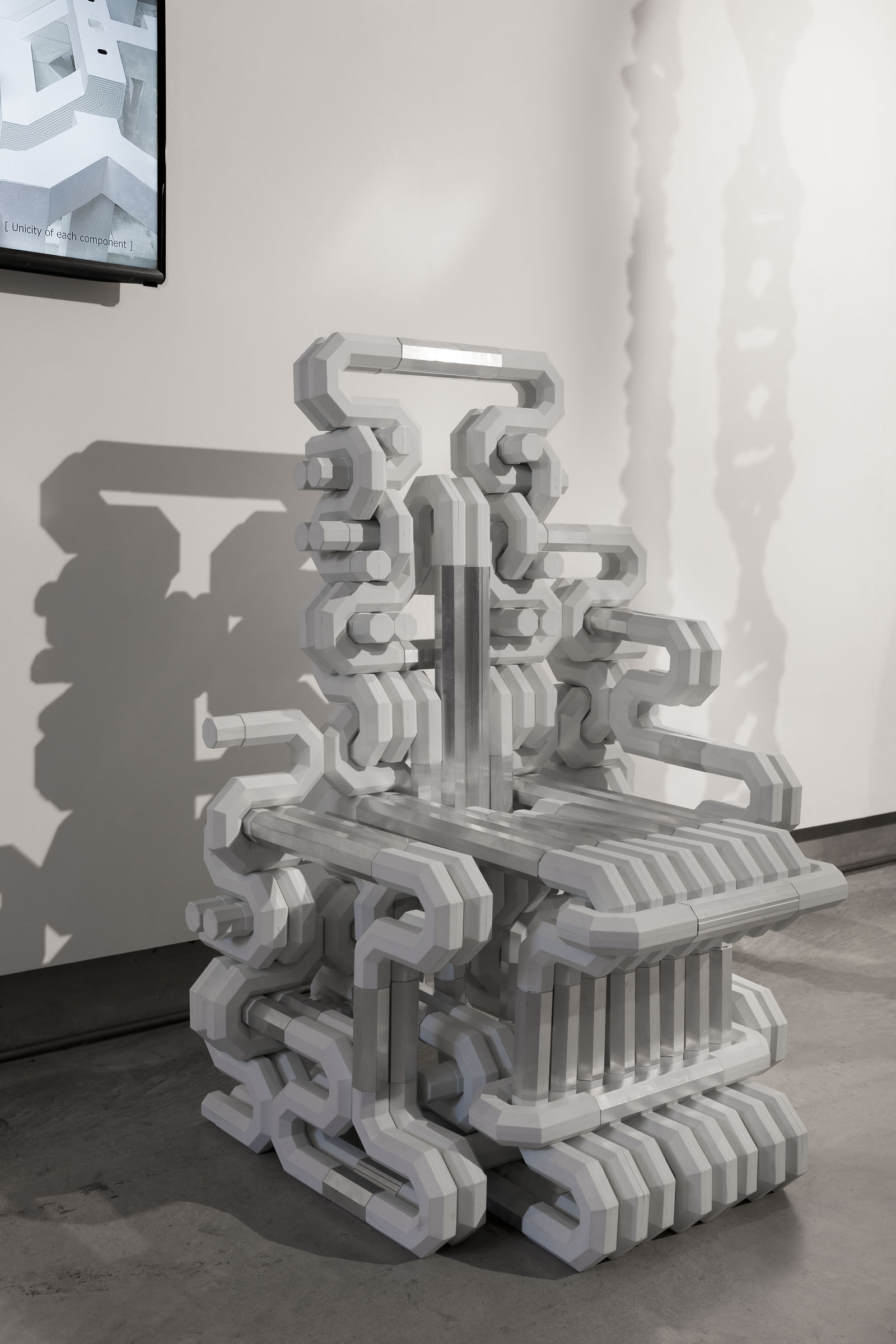The project is called string art which is making use of automatic computation and digital fabrication to create artistic string images. Before the technology, artists usually create string images in a highly complicated and tedious process manually. For getting this outcome completely automatically, the artists in this project made use of a computational setup that was driven by a discrete optimization algorithm. The optimization algorithm received a chosen picture as input and converted the picture into a graph with connected strings which tried to reassemble the input image best possibly. The thing that I admire the most about this project is showing the computers’ ability to make abstract outputs. It is because computer outputs had been considered by most people as concrete and objective but this project showed that our computers had achieved another level (abstracts). In this project, the artists can potentially control how abstract the outcomes will be.
Refrence
Michael Birsak, Florian Rist, Peter Wonka, and Przemyslaw Musialski Computer Graphics Forum (Proceedings of Eurographics), 2018.
![[OLD SEMESTER] 15-104 • Introduction to Computing for Creative Practice](../../../../wp-content/uploads/2023/09/stop-banner.png)











